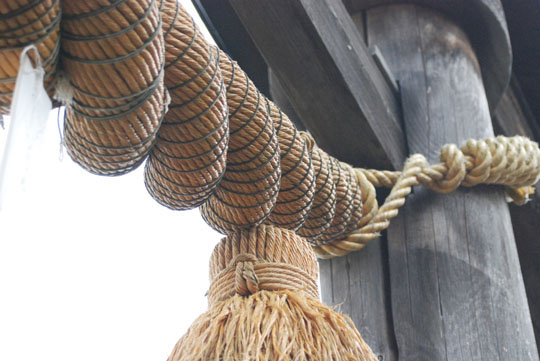"In some rural areas even today, elderly villagers face the rising sun each morning, clap their hands together, and hail the appearance of the sun over the peaks of the nearby mountains as 'the coming of the kami,' " — so wrote historian Takeshi Matsumae in "The Cambridge History of Japan," published in 1993. W hat is Shinto? There is no answer; its devotees hardly seek one.
Who or what are the kami, the myriad objects of Shinto worship? Nobody knows; knowledge seems beside the point.
"The Japanese people themselves do not have a clear idea regarding the kami," writes Sokyo Ono in "Shinto: The Kami Way" (1962). "They are aware of the kami intuitively at the depth of their consciousness and communicate with the kami directly without having formed the kami-idea conceptually or theologically."



